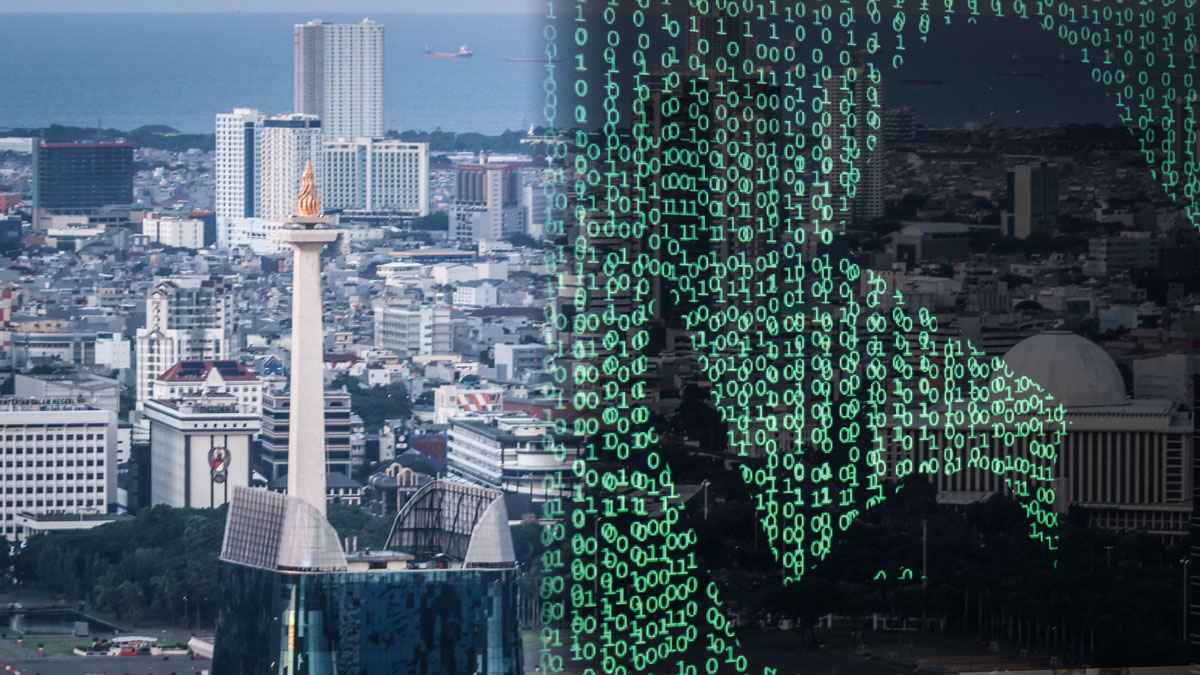In recent months, Southeast Asia has found itself in the crosshairs of nation-state-sponsored cyber threat groups. These advanced persistent threats (APTs) are increasingly targeting the region’s critical infrastructure—including energy grids, water systems, transportation networks, and healthcare facilities.
These attacks aren’t merely acts of cybercrime. They’re strategic moves in a larger geopolitical game, with far-reaching implications for national security, economic stability, and public safety.
🕵️ Who Are the Attackers?
Several well-known nation-state actors have been linked to these campaigns. While attribution remains a challenge, cybersecurity experts have flagged groups associated with China, North Korea, and Russia as being particularly active in the region.
These groups often operate under the guise of research entities, government contractors, or hacktivists. In reality, they’re well-funded, highly skilled, and motivated by espionage, disruption, or geopolitical leverage.
⚙️ What Is Being Targeted?
Critical infrastructure is appealing for one main reason: impact. Compromising these sectors can cause national panic, economic paralysis, or coercion without firing a single bullet.
Key targets include:
-
Power grids – to cause blackouts or monitor usage patterns.
-
Water treatment facilities – to disrupt public utilities.
-
Airports and rail systems – to cause transportation chaos or gather logistics intel.
-
Hospitals – for ransomware attacks or exfiltration of sensitive patient data.
-
Telecom providers – to intercept communications or surveil dissidents.
🎯 Tactics, Techniques, and Procedures (TTPs)
Nation-state attackers are not script kiddies. They use sophisticated TTPs including:
-
Zero-day vulnerabilities to bypass traditional defenses.
-
Supply chain compromises, targeting vendors and third parties.
-
Living-off-the-land techniques that use native system tools to avoid detection.
-
Spear phishing and credential harvesting to gain initial access.
-
Advanced malware that’s custom-built and hard to detect.
Once inside, they often lurk for months, gathering intelligence, mapping internal systems, and waiting for the right moment to strike.
📍 Why Southeast Asia?
The region is a strategic hotspot—both politically and economically. With booming digital economies, growing smart city initiatives, and active maritime trade routes, it has become a focal point for cyber espionage.
Moreover, cybersecurity maturity levels vary across countries, making some targets easier to breach than others.
🛡️ How Governments and Enterprises Should Respond
The risk is real and growing. Here’s how regional leaders and IT security teams can respond:
1. Strengthen Cyber Defenses at the Infrastructure Level
Implement network segmentation, robust endpoint detection and response (EDR) tools, and multi-factor authentication (MFA) for all critical systems.
2. Prioritize Threat Intelligence Sharing
Governments and private sector entities should collaborate on real-time threat intelligence sharing to detect and respond to threats faster.
3. Conduct Red Team Simulations
Simulate nation-state attack scenarios to test preparedness and identify vulnerabilities before the attackers do.
4. Protect the Supply Chain
Vet all third-party vendors and enforce strong security controls throughout the supply chain.
5. Create Cyber Resilience Plans
Go beyond prevention—focus on detection, response, and recovery. Have backup systems, offline processes, and crisis communication plans in place.
🔄 Looking Ahead
As cyber warfare becomes the new battleground, nations and organizations in Southeast Asia must think beyond IT departments. Cybersecurity must be treated as national security.
The rise in nation-state attacks is a wake-up call. It’s time to invest in proactive defense strategies, build regional cybersecurity alliances, and ensure critical infrastructure is not just operational—but resilient.
Need help assessing your critical infrastructure’s cyber risk posture? Reach out for a threat readiness consultation.









